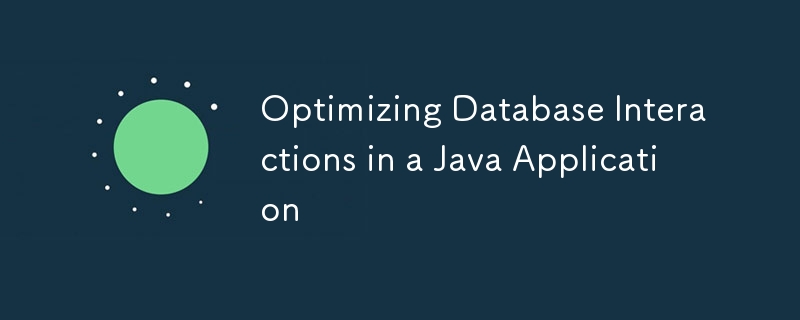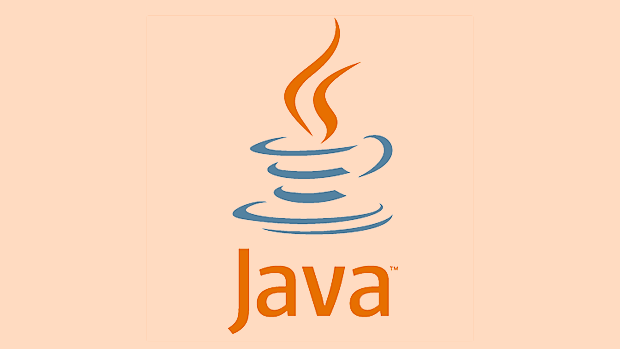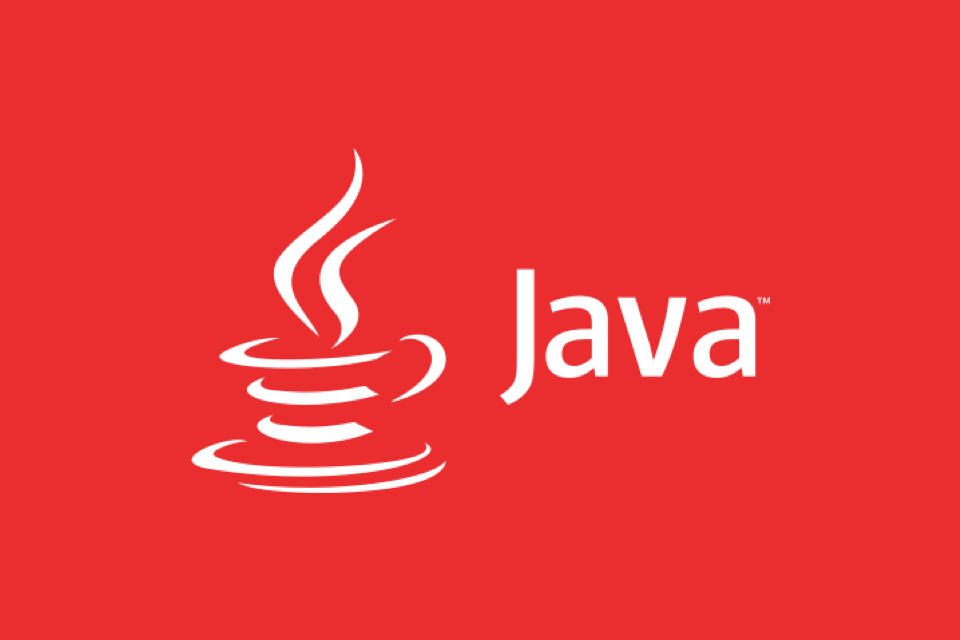Optimizing Database Interactions in a Java Application
Use connection pooling with HikariCP to reuse database connections and reduce overhead. 2. Use PreparedStatement to prevent SQL injection and improve query performance. 3. Fetch only required data by selecting specific columns and applying filters and pagination. 4. Use batch operations to reduce round trips when inserting or updating multiple records. 5. Use ORM tools like Hibernate wisely by avoiding N 1 queries, enabling caching, and using lazy loading and DTO projections. 6. Keep transactions short and avoid external calls within transactions to reduce locking. 7. Monitor queries with logging and EXPLAIN plans, and add appropriate indexes. 8. Use read replicas to offload read queries and improve scalability under heavy read loads.

When building Java applications that rely on databases, performance and reliability heavily depend on how efficiently you interact with the database. Poorly optimized database operations can lead to slow response times, resource exhaustion, and scalability issues. Here’s how to optimize database interactions in a typical Java application.

1. Use Connection Pooling
Opening a new database connection for every operation is expensive. Instead, reuse existing connections via a connection pool.
Why it matters:

- Establishing a connection involves network handshake and authentication.
- Pools like HikariCP, Apache DBCP, or C3P0 manage a reusable set of connections.
Best practices:
- Use HikariCP (fastest and widely adopted).
- Configure pool size based on workload (e.g., 10–20 for moderate apps).
- Set timeouts and leak detection to avoid resource issues.
HikariConfig config = new HikariConfig();
config.setJdbcUrl("jdbc:mysql://localhost:3306/mydb");
config.setUsername("user");
config.setPassword("pass");
config.setMaximumPoolSize(15);
HikariDataSource dataSource = new HikariDataSource(config);2. Use PreparedStatement and Avoid String Concatenation
Dynamic queries built via string concatenation are vulnerable to SQL injection and are not cached by the database.

Use PreparedStatement:
- Precompiled SQL improves performance.
- Prevents SQL injection.
- Supports parameter placeholders (
?).
String sql = "SELECT * FROM users WHERE age > ?";
try (PreparedStatement stmt = connection.prepareStatement(sql)) {
stmt.setInt(1, 25);
ResultSet rs = stmt.executeQuery();
// process results
}Bonus: Reuse prepared statements when executing the same query multiple times.
3. Fetch Only What You Need
Avoid SELECT * and fetch unnecessary columns or rows.
Optimize queries:
- Select only required columns.
- Use
LIMITor pagination (OFFSET,FETCH NEXT) for large datasets. - Apply filters early in the query.
-- Bad SELECT * FROM users; -- Good SELECT id, name, email FROM users WHERE active = 1 LIMIT 100;
In Java, map results efficiently using tools like JDBC RowMapper, JPA, or jOOQ.
4. Batch Operations for Bulk Data
Inserting or updating many records one-by-one causes round-trip overhead.
Use batch processing:
- Group multiple operations into a single batch.
- Reduces network round trips.
String sql = "INSERT INTO logs (message, created_at) VALUES (?, ?)";
try (PreparedStatement stmt = connection.prepareStatement(sql)) {
for (LogEntry entry : entries) {
stmt.setString(1, entry.getMessage());
stmt.setTimestamp(2, entry.getTimestamp());
stmt.addBatch(); // Add to batch
}
stmt.executeBatch(); // Execute all at once
}Note: Tune batch size (e.g., 50–100) to balance memory and performance.
5. Leverage ORM Tools Wisely (e.g., Hibernate)
ORMs like Hibernate simplify database interactions but can hurt performance if misused.
Optimization tips:
- Avoid N 1 query problems (use
JOIN FETCHor@EntityGraph). - Enable second-level cache for frequently read data.
- Use lazy loading appropriately—don’t load large associations unless needed.
- Consider using DTO projections instead of full entities when only a few fields are needed.
// Prevent N 1
@Query("SELECT u FROM User u JOIN FETCH u.profile WHERE u.active = true")
List<User> findActiveUsersWithProfiles();6. Optimize Transactions
Long-running transactions lock resources and reduce concurrency.
Best practices:
- Keep transactions as short as possible.
- Use
@Transactional(in Spring) with appropriate propagation and isolation levels. - Avoid user input or external calls inside a transaction.
@Service
@Transactional
public class UserService {
public void updateUserProfile(Long id, String email) {
User user = userRepository.findById(id);
user.setEmail(email);
userRepository.save(user); // Auto-committed
}
}7. Monitor and Tune Queries
Even well-written code can suffer from slow queries due to missing indexes or poor execution plans.
What to do:
- Enable database query logging (e.g.,
log slow queriesin MySQL). - Use tools like EXPLAIN to analyze query plans.
- Add indexes on frequently queried columns (but not too many—index maintenance has cost).
Example:
EXPLAIN SELECT * FROM users WHERE email = 'user@example.com';
8. Use Read Replicas for Heavy Read Workloads
If your app has heavy read traffic, offload SELECT queries to read replicas.
How:
- Configure multiple data sources (read and write).
- Route read operations to replicas, writes to the primary.
In Spring, you can use AbstractRoutingDataSource to switch between data sources.
Optimizing database interactions in Java isn’t just about writing fast code—it’s about smart resource management, secure practices, and understanding how your application and database work together. With connection pooling, proper query design, batching, and ORM tuning, you can significantly boost performance and scalability.
Basically, go fast, stay safe, and keep an eye on what the database is actually doing.
The above is the detailed content of Optimizing Database Interactions in a Java Application. For more information, please follow other related articles on the PHP Chinese website!

Hot AI Tools

Undress AI Tool
Undress images for free

Undresser.AI Undress
AI-powered app for creating realistic nude photos

AI Clothes Remover
Online AI tool for removing clothes from photos.

ArtGPT
AI image generator for creative art from text prompts.

Stock Market GPT
AI powered investment research for smarter decisions

Hot Article

Hot Tools

Notepad++7.3.1
Easy-to-use and free code editor

SublimeText3 Chinese version
Chinese version, very easy to use

Zend Studio 13.0.1
Powerful PHP integrated development environment

Dreamweaver CS6
Visual web development tools

SublimeText3 Mac version
God-level code editing software (SublimeText3)
 How to add a JAR file to the classpath in Java?
Sep 21, 2025 am 05:09 AM
How to add a JAR file to the classpath in Java?
Sep 21, 2025 am 05:09 AM
Use the -cp parameter to add the JAR to the classpath, so that the JVM can load its internal classes and resources, such as java-cplibrary.jarcom.example.Main, which supports multiple JARs separated by semicolons or colons, and can also be configured through CLASSPATH environment variables or MANIFEST.MF.
 Where to find folders
Sep 20, 2025 am 07:57 AM
Where to find folders
Sep 20, 2025 am 07:57 AM
The most direct way is to recall the storage location, usually in folders such as desktop, documents, downloads, etc.; if it cannot be found, you can use the system search function. File "missing" is mostly due to problems such as unattention of the saving path, name memory deviation, file hiding or cloud synchronization. Efficient management suggestions: Classify by project, time, and type, make good use of quick access, clean and archive regularly, and standardize naming. Windows search and search through File Explorer and taskbar, while macOS relies on finder and Spotlight, which is smarter and more efficient. Mastering tools and developing good habits is the key.
 How to create a file in Java
Sep 21, 2025 am 03:54 AM
How to create a file in Java
Sep 21, 2025 am 03:54 AM
UseFile.createNewFile()tocreateafileonlyifitdoesn’texist,avoidingoverwriting;2.PreferFiles.createFile()fromNIO.2formodern,safefilecreationthatfailsifthefileexists;3.UseFileWriterorPrintWriterwhencreatingandimmediatelywritingcontent,withFileWriterover
 Google Chrome cannot load this page
Sep 20, 2025 am 03:51 AM
Google Chrome cannot load this page
Sep 20, 2025 am 03:51 AM
First check whether the network connection is normal. If other websites cannot be opened, the problem is on the network; 1. Clear the browser cache and cookies, enter Chrome settings and select clear browsing data; 2. Close the extension, and you can use the scarless mode to test whether it is caused by plug-in conflicts; 3. Check and close the proxy or VPN settings to avoid network connection being intercepted; 4. Reset Chrome network settings and restore the default configuration; 5. Update or reinstall Chrome to the latest version to solve compatibility problems; 6. Use other browsers to compare and test to confirm whether the problem is only Chrome; according to error prompts such as ERR_CONNECTION_TIMED_OUT or ERR_SSL_PROTOCOL_ER
 How to force scaling web pages by UC browser_UC browser's forced scaling web pages by UC browser
Sep 24, 2025 pm 04:54 PM
How to force scaling web pages by UC browser_UC browser's forced scaling web pages by UC browser
Sep 24, 2025 pm 04:54 PM
First, enable the built-in scaling function of UC browser, go to Settings → Browse Settings → Font and Typesetting or Page Scaling, and select a preset ratio or custom percentage; second, you can force the page display size by opening or pinching gestures with two fingers; for web pages that restrict scaling, you can request the desktop version of the website to unlock the restrictions; advanced users can also modify the viewport attributes by executing JavaScript code in the address bar to achieve a more flexible forced scaling effect.
 Why do real-time systems need deterministic response guarantees?
Sep 22, 2025 pm 04:03 PM
Why do real-time systems need deterministic response guarantees?
Sep 22, 2025 pm 04:03 PM
Real-time systems require deterministic responses, because correctness depends on the result delivery time; hard real-time systems require strict deadlines, missed will lead to disasters, while soft real-time allows occasional delays; non-deterministic factors such as scheduling, interrupts, caches, memory management, etc. affect timing; the construction plan includes the selection of RTOS, WCET analysis, resource management, hardware optimization and rigorous testing.
 How to get the calling method's name in Java?
Sep 24, 2025 am 06:41 AM
How to get the calling method's name in Java?
Sep 24, 2025 am 06:41 AM
The answer is to use Thread.currentThread().getStackTrace() to get the call method name, and obtain the someMethod name of the call anotherMethod through index 2. Since index 0 is getStackTrace, 1 is the current method, and 2 is the caller, the example output is "Calledbymethod:someMethod", which can also be implemented by Throwable, but attention should be paid to performance, obfuscation, security and inline impact.
 Microsoft Edge high CPU usage
Sep 24, 2025 am 12:17 AM
Microsoft Edge high CPU usage
Sep 24, 2025 am 12:17 AM
Edge occupies a high CPU because of the high consumption of resources based on Chromium kernel, plus factors such as multi-tab pages, plug-in running, website scripts and rendering mechanisms; solutions include: 1. Close unnecessary extensions to reduce the burden on the background; 2. Enable the "Sleep Tag" function to reduce the use of idle tag resources; 3. Clean up the background process and close GPU rendering related settings; 4. Update the browser and system to ensure compatibility and performance optimization.







